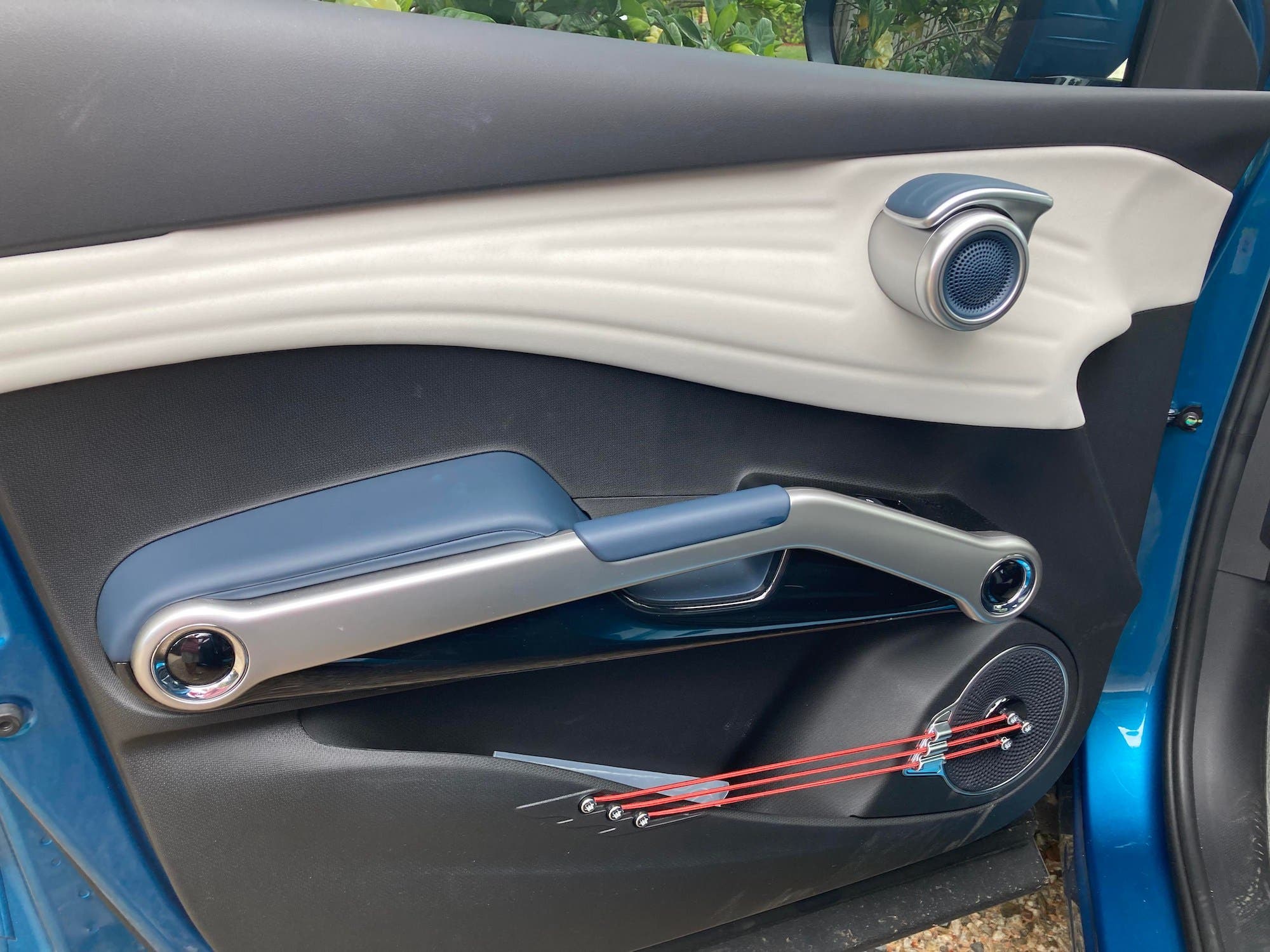As the battle between MG and BYD for the title of second highest selling electric vehicle in Australia heats up, I met with a couple that own one of each. Tired of waiting for the BYD Atto 3 to arrive, they purchased an MG ZS EV 18 months ago and are well placed to compare the two EVs.
Electric car podium in Australia — MG ZS EV, Tesla Model 3, BYD Atto 3 (L to R). Photo courtesy of Majella Waterworth.
Krystal has been driving her MG for the past year and a half and will be putting it up for sale soon. The car was purchased new for about A$43,000, and she expects to get somewhere in the high thirties for it. It has held its value well.
I asked her what she would miss as she moves across to the BYD. She says that she will miss being able to use physical knobs, especially for the air conditioning — the BYD has the controls on a screen. The MG also has more responsive acceleration and a sunroof that is in a more forward position. Her husband, Francisco, will miss the MG dash, which is set back like an old school petrol car. “Sometimes the glare on the BYD screen makes it impossible to see. Some designs may look outdated but they actually work,” the engineer tells me.

Funky BYD door interior. Photo courtesy of Majella Waterworth.
Francisco feels that the MG software has been tested and proven. An example is that the MG uses mechanical brakes when in cruise control. “It’s not an elegant solution, but it works,” he explains. It also has a sunglasses holder.
So, why the switch?
For a small amount more, you get a lot more range. The BYD sells for A$49,000, less a A$3,000 state government rebate, and has a range of 420 km in city driving. Plus, it has air conditioning in the back seats for those carrying passengers, and ambient lighting for teenagers who want to go oooh and aahh. Francisco believes that the BYD is a better engineered vehicle as well.
Despite being a little slow on pick-up, it has more power than the MG. Francisco thinks that BYD has deliberately made the Atto 3 respond like a petrol car on pick-up to appeal to a typical Chinese buyer. The Atto 3 is rated for towing 750 kg.
As well as greater range, the BYD Atto 3 is a far more comfortable car to drive, with a softer suspension, futuristic interior styling, and an electric boot opener.
The voice recognition responds to “BYD,” so you can’t talk about the car in the car — “I’m sorry command not understood!” You can’t talk about any other BYD for that matter! Sensitive!
Krystal speaks Mandarin, and even though the car can be set to this language, the car does not respond to commands in Mandarin. Ironic?
“Another difference, is that the MG picks up the speed signs really well but it is complicated to set the cruise control. Whereas the Atto 3 always misses the signs and we have to be very careful to make sure that the cruise control was set at the correct speed. There have been times when we were on the highway and supposed to be travelling at 100 km/h, but the cruise control was still set to 60 km/h. We realised quickly when everyone else got too close and started passing us,” Krystal adds.
Francisco is an accomplished engineer who expects his cars to be the best. The issues that he has identified with his new BYD can be fixed with software updates — and he might even use his expertise to do it himself. He describes these bugs as programming mistakes or inconsistent applications or faults in the logic.
Krystal thinks that BYD has a better pedigree for building EVs. She has trust in the brand.

Three competing electric vehicles in Australia. Photo courtesy of Majella Waterworth.
My thoughts? I expect that in order to compete with the BYD, MG (owned by SAIC) will have to lower prices. The MG is good value for the money, but has simply been outshone by the BYD newcomer. So, it’s BYD Atto 3 > MG ZS EV for now.


Appreciate CleanTechnica’s originality and cleantech news coverage? Consider becoming a CleanTechnica Member, Supporter, Technician, or Ambassador — or a patron on Patreon.

Don’t want to miss a cleantech story? Sign up for daily news updates from CleanTechnica on email. Or follow us on Google News!
Have a tip for CleanTechnica, want to advertise, or want to suggest a guest for our CleanTech Talk podcast? Contact us here.
Read the full article here


